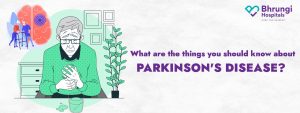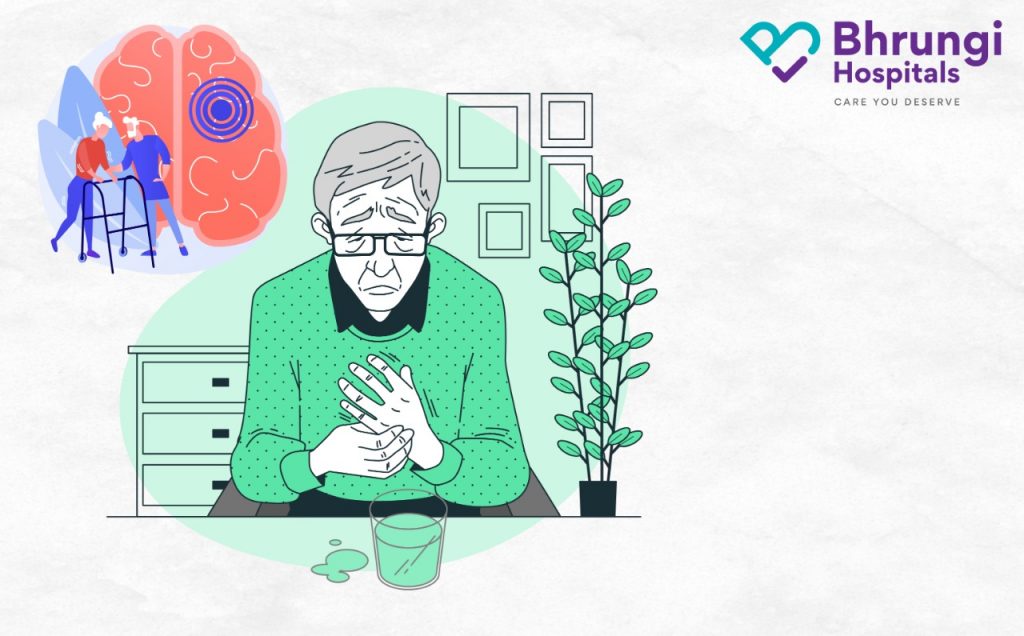
Parkinson’s disease is a neurological condition that causes shaking, stiffness, and difficulty walking, balancing, and coordinating. Parkinson’s symptoms typically appear gradually and worsen over time. People may have difficulty walking and talking as the disease progresses. They may also experience mental and behavioral changes, sleep issues, depression, memory problems, and fatigue.
Parkinson’s disease can impact both women and men. However, men are affected by the disease at a rate that is roughly half that of women.
Age is an apparent risk factor for Parkinson’s. Although most people with Parkinson’s develop the disease around the age of 60, 5 to 10% of people with Parkinson’s have “early-onset” disorder, which begins before 50. Early-onset Parkinson’s disease is frequently inherited but not always, and some forms have been linked to specific gene mutations.
| No. of cases { PD } | 0.58 million |
| the average annual mortality rate | 2.89/100,000 per year |
| Women | 0.62 |
| Male | 0.82 |
What Causes Parkinson’s Disease?
Parkinson’s disease forms when nerve cells in the basal ganglia, a brain region that controls movement, become damaged or die. Usually, these nerve cells, or neurons, produce dopamine, a key brain chemical. When neurons die or become impaired, they have less dopamine, resulting in Parkinson’s movement problems. Scientists are still unsure of what causes dopamine-producing cells to die.
Parkinson’s patients also lose nerve endings that produce norepinephrine, the primary chemical messenger of the sympathetic nervous system, which controls many bodily functions such as heart rate and blood pressure. The loss of norepinephrine may help explain some of Parkinson’s non-movement symptoms, such as irregular blood pressure, fatigue, decreased movement of food through the digestive tract, and a sharp drop in blood pressure when rising from a seated or lying-down position.
Many brain cells in Parkinson’s patients have Lewy bodies, which are unusual clumps of alpha-synuclein. Scientists are attempting to understand better the functions of alpha-normal synuclein and their relationship to genetic mutations that impact Parkinson’s disease.
Many researchers now believe that Parkinson’s condition is driven by a combination of genetic and environmental factors, such as toxicity exposure. Although some Parkinson’s cases appear to be hereditary, and a few can be linked to specific genetic mutations, the disease seems to strike at random. It does not appear to run in families in the majority of cases.
Symptoms of Parkinson’s Disease
Parkinson’s disease has four primary symptoms:
- Trembling in arms, legs, jaw, or head
- Stiffness of the limbs and trunk
- Slowness of movement
- Impaired balance and coordination
Other signs and symptoms may include depression and other emotional changes, difficulty swallowing, chewing, speaking, urinary problems or skin problems, constipation, and sleep disturbances.
Individuals have different Parkinson’s symptoms and progression rates. Early 44 signs of Parkinson’s disease are sometimes dismissed due to normal aging. There are no such tests that can definitively detect the disease in most cases, making accurate diagnosis difficult.
Diagnosis of Parkinson’s Disease
Parkinsonism is a term used to describe Parkinson’s, like symptoms caused by something other than Parkinson’s disease. A variety of disorders can produce symptoms similar to Parkinson’s disease. While these disorders may initially be misdiagnosed as Parkinson’s, specific medical tests and responses to drug treatment may help distinguish them. Because many other disorders have similar symptoms but require different treatments, it is critical to get an accurate diagnosis as soon as possible.
Clarification to some doubts
Is Parkinson’s disease on the rise?
Parkinson’s disease gets diagnosed in approximately 90,000 commercially insured adults between the ages of 30 and 64 in 2017. While that number is small, our research shows that the prevalence rate has increased by more than 50% in the last five years.
Parkinson’s disease death in India
The adjusted annual mortality rate was 2.89 per 100,000 people. Death had a relative risk of 8.98.
Is Parkinson’s disease widespread in India?
According to 2016 estimates, nearly 0.58 million people in India have Parkinson’s disease, with a significant increase in prevalence expected in the coming years. Despite the large number of people impacted by Parkinson’s disease, knowledge of the underlying genetic and environmental risk factors unique to the Indian population is limited.
We, at Bhrungi Hospital, believe in an approach that ensures the right care for the patient at the very first time itself in terms of diagnosis, therapies and outcomes for Brain, spine and nervous system disorders. In order to successfully accomplish this, accurate diagnosis plays a key role. Our neurologists work closely with radiologists who are trained in the use of innovative and highly advanced imaging technologies, to precisely pinpoint the cause of the signs and symptoms being displayed by the patient. The team then evaluates the results, assessing the problem from all perspectives, before coming up with a comprehensive, tailor-made treatment plan that perfectly meets the patient’s needs.








